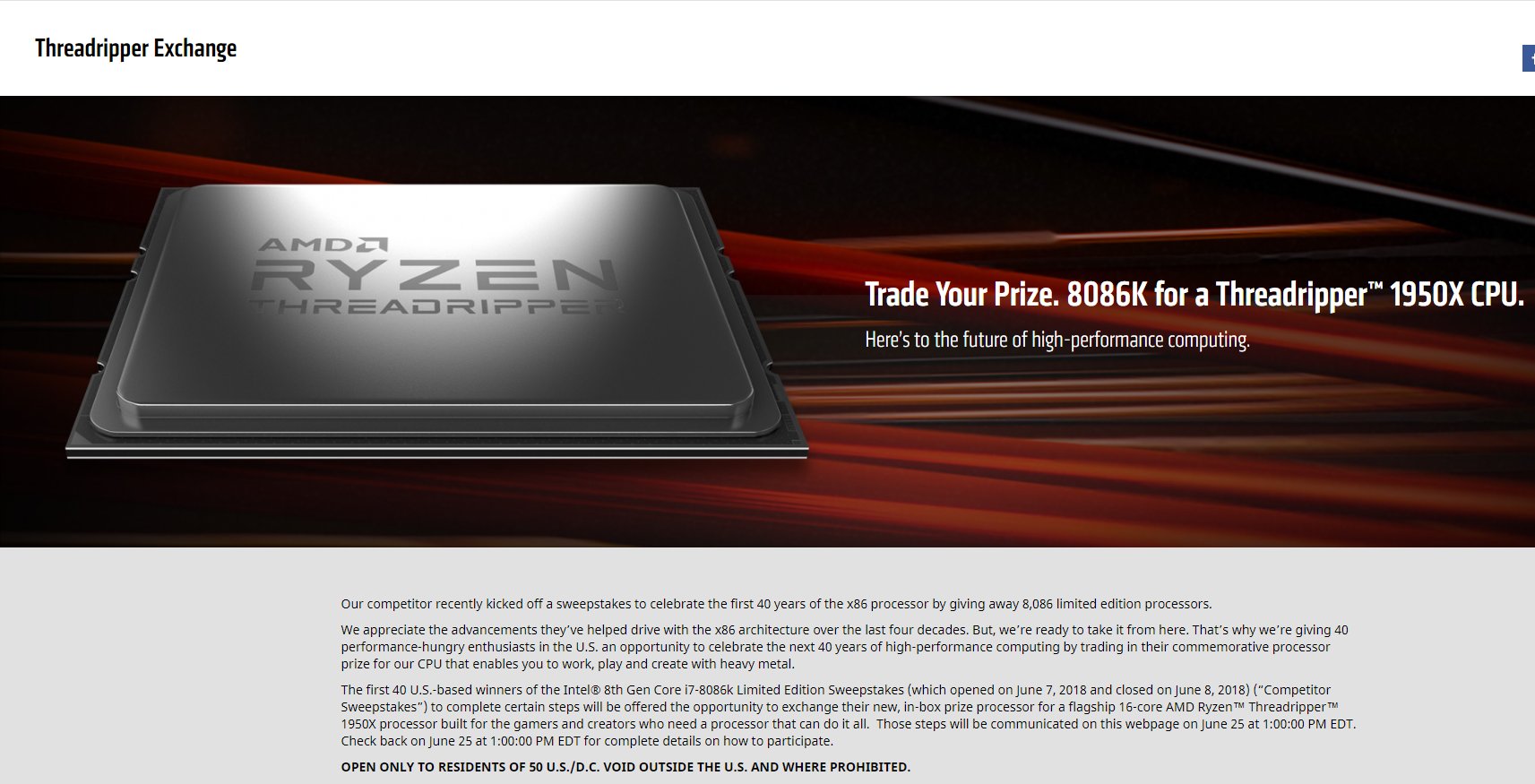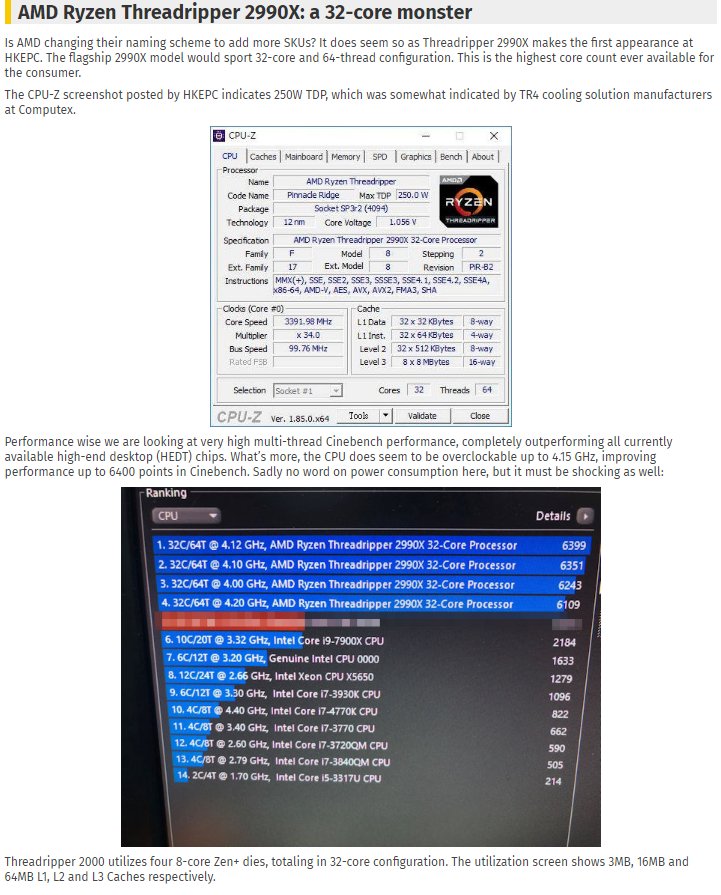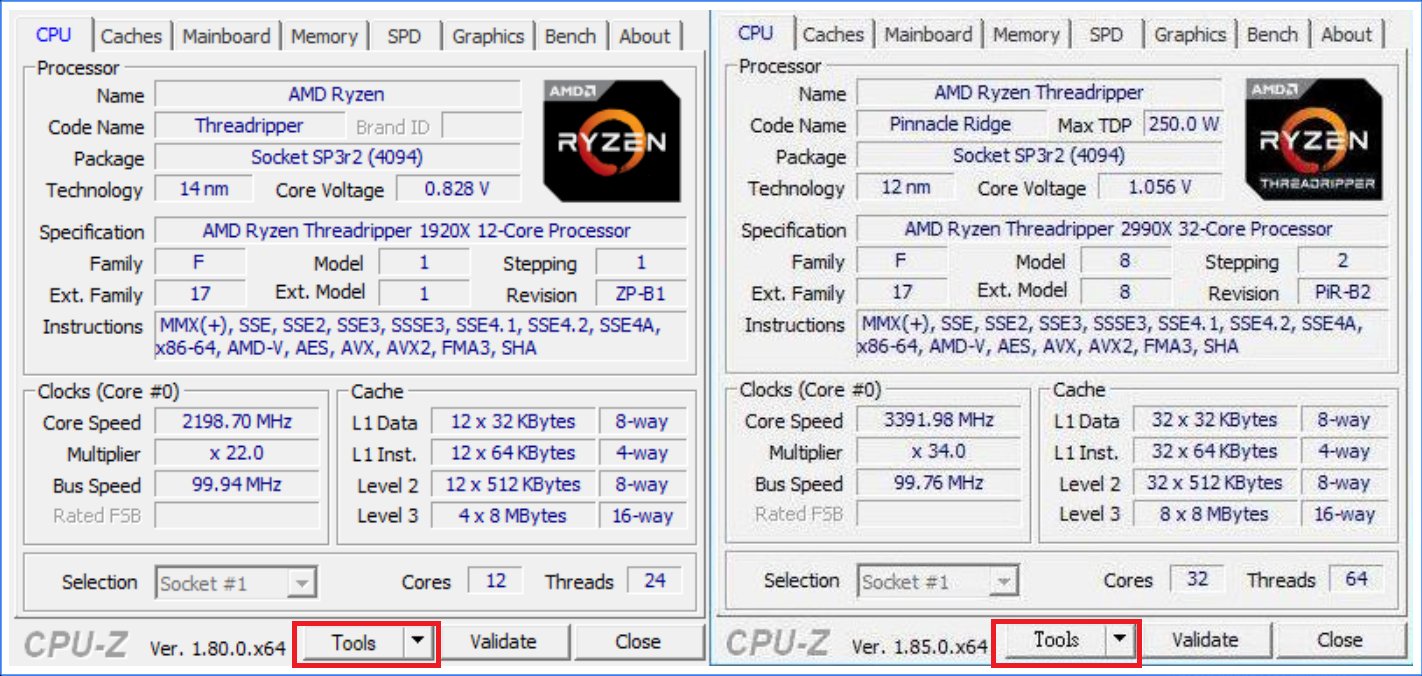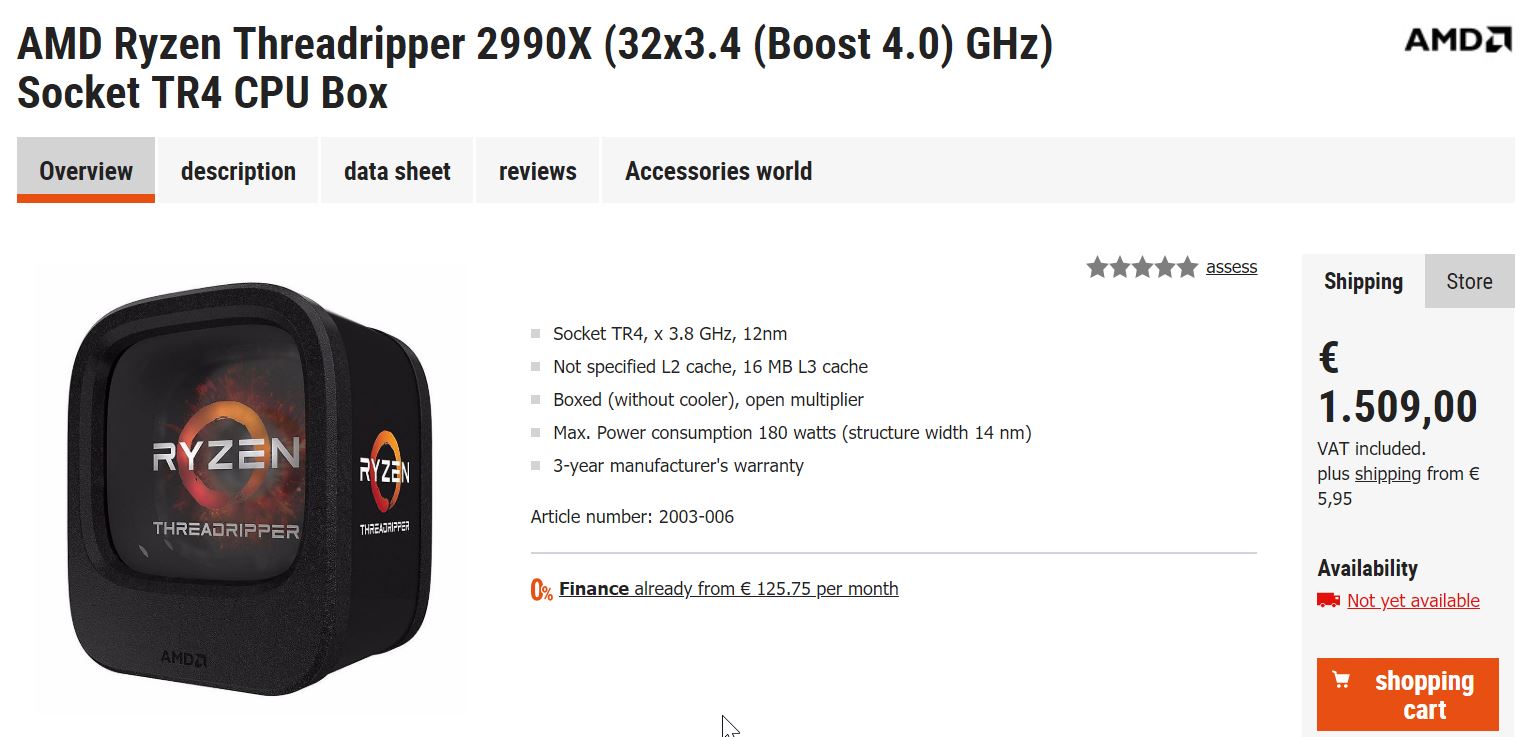gamerk316
Glorious
-Fran- :
I was very clear on both accounts, that is why re-implementing sounds like it's a no-go either. Legacy X86 code will not run in a CPU with only X86-64 in it, so if that company has Zen with that alone, they'll need a specific kernel to that end. In all fairness, that is trivial to do for big companies paying the money AMD and Intel usually ask for these designs anyway.
What is still weird to me, is they are saying they licensed out the design of Zen, but Zen is kind of useless outside of the X86 ISA... Unless there's more to this than just licensing out "Zen" as a product/design off the shelf.
They could be talking about the Infinity Fabric portion? They could also be talking about the IMC, Cache structure and algorithms? Things that can be a bit more "portable" and completely ISA agnostic.
Cheers!
What is still weird to me, is they are saying they licensed out the design of Zen, but Zen is kind of useless outside of the X86 ISA... Unless there's more to this than just licensing out "Zen" as a product/design off the shelf.
They could be talking about the Infinity Fabric portion? They could also be talking about the IMC, Cache structure and algorithms? Things that can be a bit more "portable" and completely ISA agnostic.
Cheers!
It's quite possible to wrap the legacy x86 instructions around x64 counterparts.
*shrug*






